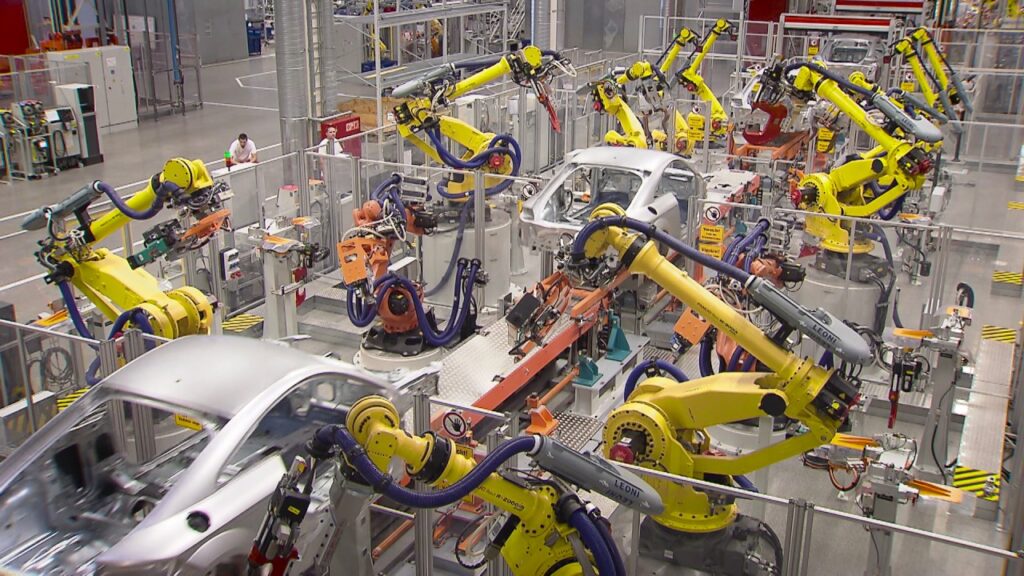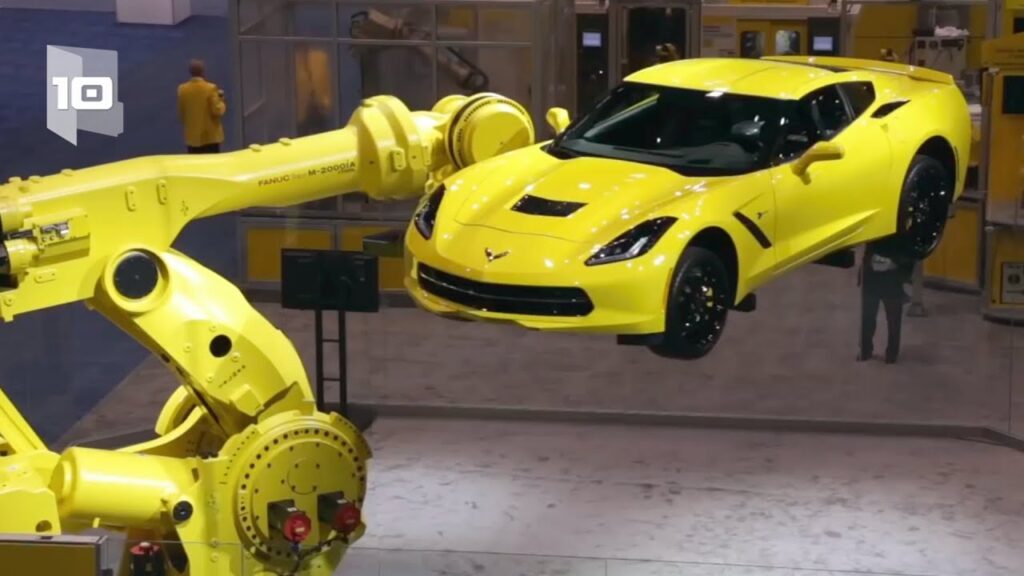Industrial Robots Applications: Revolutionizing the Textile Industry
The advancements in technology have paved the way for numerous innovations across various industries, and the textile industry is no exception. With the emergence of industrial robots, the textile industry has witnessed a significant transformation, revolutionizing processes such as knitting, weaving, spinning, and garment manufacturing. In this article, we will explore the applications of industrial robots in these key areas of the textile industry.
The adoption of industrial robots in textile knitting has streamlined the production process to a great extent. These robots are capable of knitting intricate patterns and designs with utmost precision and speed. With the ability to interchange knitting patterns effortlessly, they cater to the demands of modern fashion trends efficiently. Moreover, industrial robots in textile knitting eliminate the need for human intervention, reducing errors and ensuring uniformity in production.
In textile weaving, industrial robots are altering the traditional methods of fabric production. These robots are equipped with advanced sensors and algorithms that enable them to detect flaws or inconsistencies in the fabric. By swiftly identifying such issues, they help in maintaining the quality of the fabric, resulting in overall enhanced productivity. Additionally, industrial robots in textile weaving have significantly reduced the labor-intensive nature of this process, making it more cost-effective.
The application of industrial robots in textile spinning has revolutionized the way fibers are transformed into yarn. With their precise control and high-speed spinning capabilities, these robots have elevated the quality of yarn production. The automation of the spinning process has not only increased productivity but has also improved the consistency and strength of the yarn. By eliminating human errors and optimizing production efficiency, industrial robots have proven to be a game-changer in this aspect of the textile industry.
Perhaps one of the most significant applications of industrial robots in the textile industry is in garment manufacturing. The integration of robots has led to a paradigm shift in the production cycle of garments. These robots are programmed to perform tasks such as cutting, stitching, and assembling garments accurately and rapidly. As a result, the production time has been drastically reduced, enabling manufacturers to cater to the ever-changing demands of the fashion industry. Furthermore, industrial robots in garment manufacturing ensure precision and quality, minimizing the need for manual intervention.
The impact of industrial robots on the textile industry cannot be overstated. They have not only improved the efficiency of various processes but have also enhanced the overall quality of textile products. The consistently high standards achieved through the use of industrial robots have resulted in increased customer satisfaction and brand loyalty. The versatility and adaptability of these robots make them a valuable asset in sustaining the competitiveness of the textile industry in the global market.
The integration of industrial robots in textile knitting, weaving, spinning, and garment manufacturing brings several advantages. Firstly, it enhances productivity by reducing the time required for each process. This allows manufacturers to meet deadlines and handle larger volumes of production effectively. Secondly, it optimizes resource allocation since industrial robots replace human labor in repetitive and labor-intensive tasks. This, in turn, leads to cost savings for manufacturers. Lastly, industrial robots improve the consistency and quality of textile products, ensuring customer satisfaction and reinforcing the brand image.
As the textile industry continues to evolve, the role of industrial robots will only become more prominent. The applications mentioned here are just the beginning of their potential in shaping the future of textile manufacturing. From improved production efficiency to enhanced product quality, industrial robots have proven to be indispensable in this rapidly changing industry. With constant advancements in technology, we can expect even more innovative applications of industrial robots in the textile industry.
In conclusion, industrial robots have revolutionized the textile industry by offering unparalleled efficiency and precision in key processes such as knitting, weaving, spinning, and garment manufacturing. They have streamlined production, reduced costs, and improved the quality of textile products. As the textile industry continues to embrace automation, the integration of industrial robots will play a pivotal role in sustaining its growth and competitiveness in the global market.
Industrial Robot
"Revolutionizing the Textile Industry: Applications of Robots in Knitting, Spinning, Weaving, and Garment Manufacturing Plus Industrial Robots Applications"


